If you’re torn between choosing the Cane Corso or the Bullmastiff as your next four-legged companion, you’re not alone. Both of these powerful guardian breeds are known for their imposing presence, deep loyalty, and gentle nature with those they love.
While they share many traits—such as being protective, independent, and dependable—they also have subtle differences that may make one a better fit for your lifestyle than the other. In this Bullmastiff vs Cane Corso comparison, we’ll take a closer look at their temperament, physical traits, exercise needs, and potential health concerns.
Whether you’re looking for a reliable guard dog breed or a devoted family protector, understanding what sets these two breeds apart can help you make an informed decision.
So, if you’ve been wondering which gentle giant is the right match for your home, stick around—we’re diving into all the essential details to help you choose your ideal canine companion.
Cane Corso vs. Bullmastiff
The Cane Corso, also known as the Italian Mastiff, is a powerful and highly intelligent working breed with deep roots in ancient Greece and Rome. With their muscular build, large head, and expressive features, Cane Corsos were originally bred to be guardians, farm helpers, and even war dogs.
Despite their imposing presence, Cani Corsi are affectionate, loyal, and highly trainable, making them excellent protectors and devoted companions when given proper guidance.
The Bullmastiff, on the other hand, is a British-born breed developed in the 1860s by crossing Bulldogs with Mastiffs to guard estates from poachers. These gentle giants have a solid, commanding build and a distinctive short muzzle.
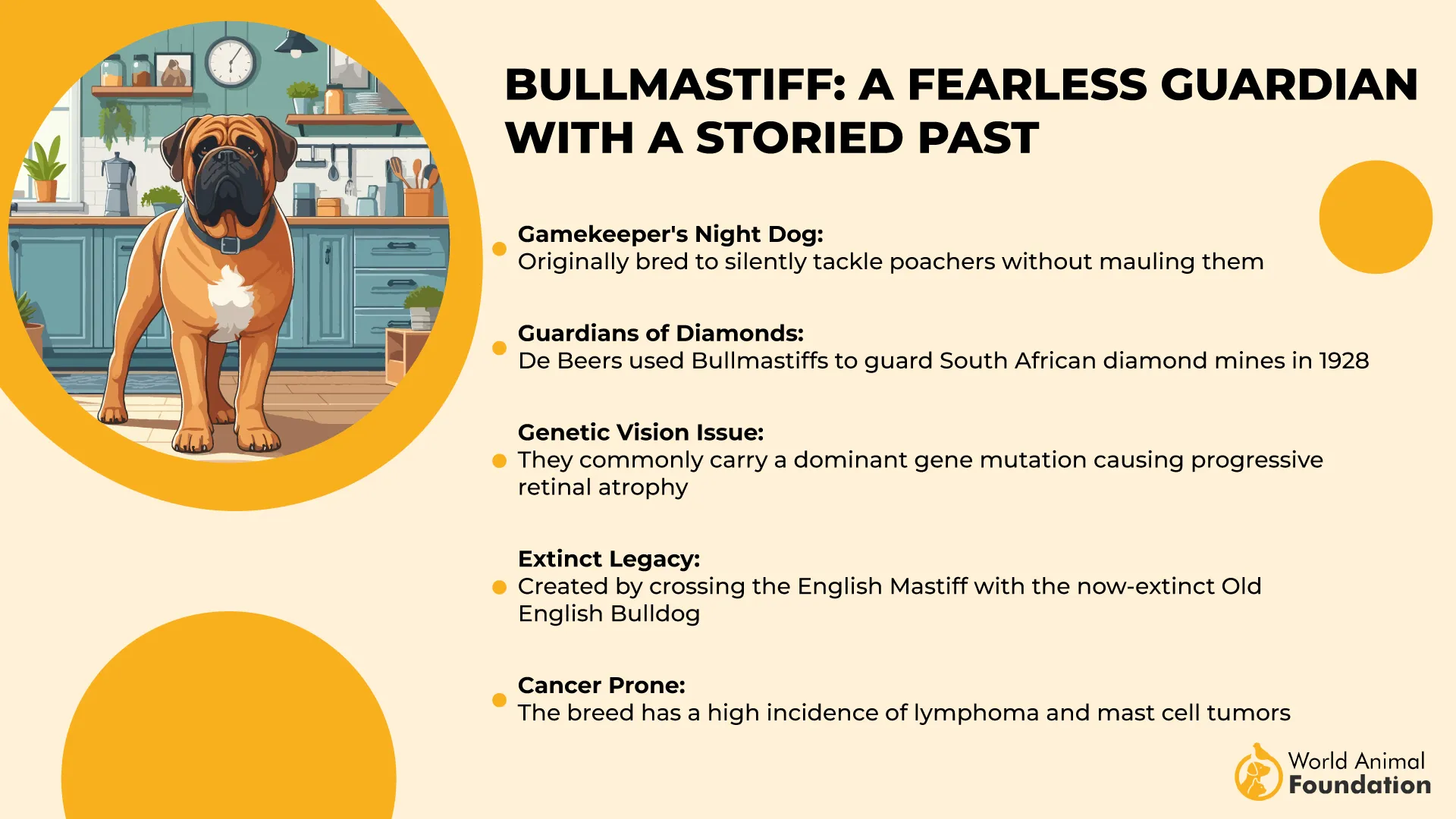
Known for their calm temperament, Bullmastiffs are friendly, affectionate, and naturally quiet. While they thrive as loyal family dogs, early training and socialization are essential to help them navigate social settings with confidence.
Size and Weight Overview
The Cane Corso is a large and muscular breed with notable differences in size between males and females. Male Cane Corsos typically stand between 25 to 27.5 inches tall, while females range from 23.5 to 26 inches.
Their weight should be proportionate to their height, usually falling between 99 to 110 pounds. Though powerful in appearance, their build is balanced and athletic, designed for work and agility rather than sheer bulk.
The Bullmastiff, a mix between the Bulldog and Mastiff, is slightly heavier and more robust in build. Males usually stand 25 to 27 inches tall, and females range from 24 to 26 inches. In terms of weight, males average between 110 to 130 pounds.
Female cane corso typically weigh 100 to 120 pounds. Their solid frame and impressive mass make them ideal as protective guard dogs with a calm, steady presence.
Dietary Needs and Weight Management
The Cane Corso is a high-energy working breed that requires a balanced, age-appropriate diet to support its active lifestyle. Whether puppy, adult, or senior, their food should meet AAFCO standards to ensure complete nutrition. Due to their risk of bloat and gastric dilatation-volvulus (GDV), it’s important to feed them smaller, more frequent meals and avoid exercise before or after eating.

Cane Corsos benefit from joint-support supplements like glucosamine, chondroitin, MSM, and omega-3 fatty acids to maintain mobility, especially as they age. Probiotics can also support digestive health and overall well-being, states PetMD.
The Bullmastiff, being a large and heavy breed, also needs a high-quality diet tailored to their life stage. Puppies should be fed large-breed-specific food to support healthy bone and joint development.
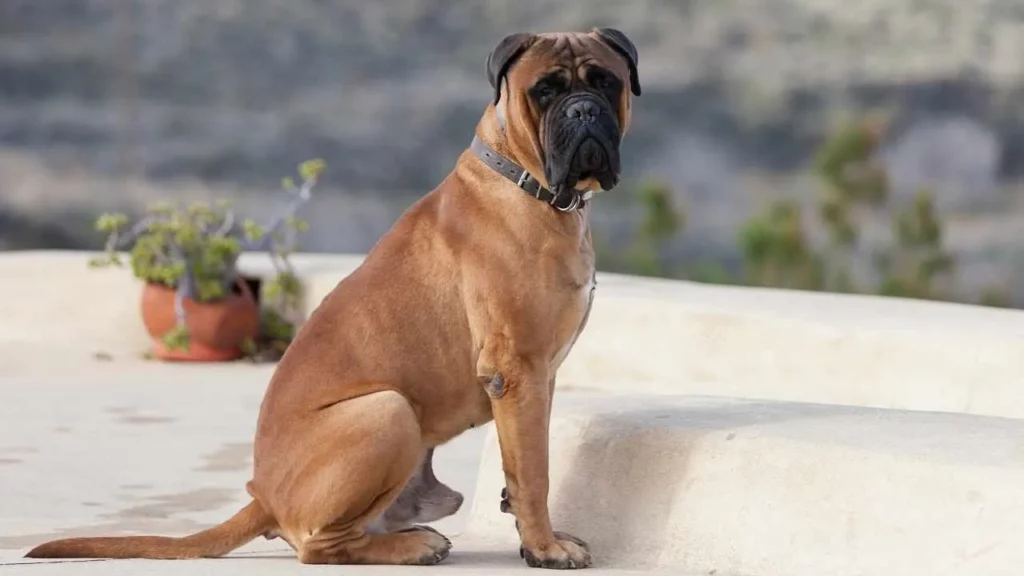
Adult Bullmastiffs benefit from a diet that’s 90% dog food and no more than 10% treats to help prevent obesity. Given their size, they may also benefit from joint-support supplements and omega-3s, but always consult a veterinarian before adding these to their diet, states PetMD.
Personality and Temperament Traits
The Cane Corso has a confident, protective temperament shaped by its history as a guardian and warrior. Naturally wary of strangers and often aloof with other animals, this breed is deeply loyal to its family but not overly affectionate or playful. While intelligent, the Cane Corso is somewhat stubborn and independent and requires consistent, firm training to thrive as a watchdog or protection dog.
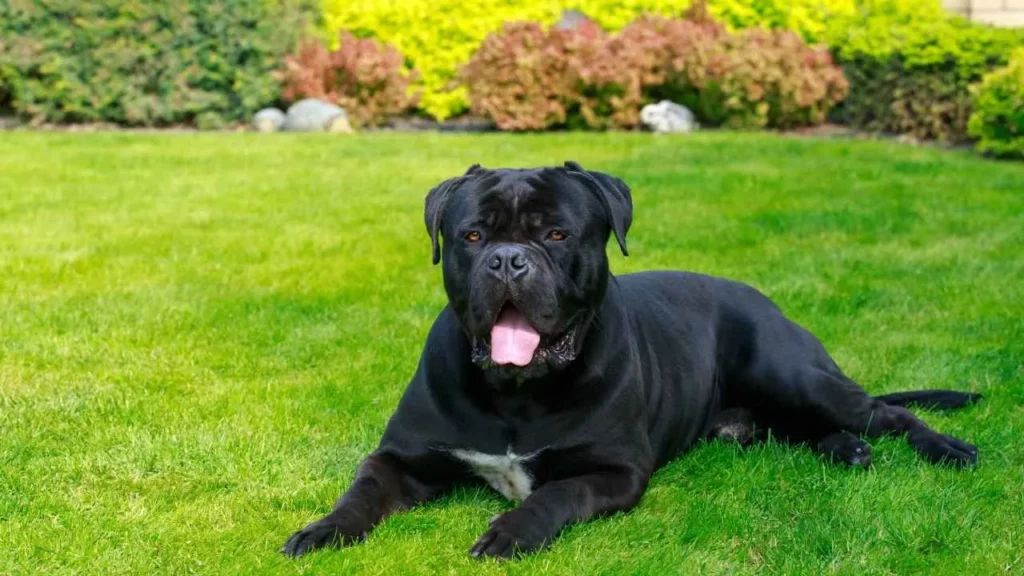
Due to its strength and dominant nature, it’s not suitable for inexperienced owners and a house with small children, seniors, small pets, and dogs of other breeds. Though not overly energetic, it still benefits from regular mental and physical engagement.
In contrast, the Bullmastiff is known for its calm, affectionate demeanor, especially around family and kids. While naturally reserved with strangers, early socialization helps them develop into well-mannered companions.
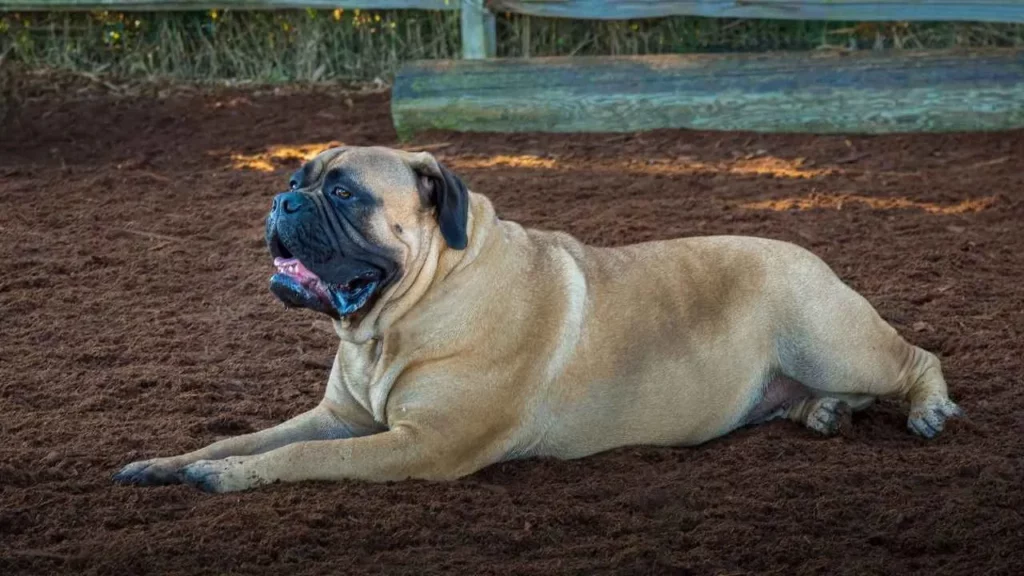
These intelligent dogs respond well to obedience training and typically show a gentle, quiet nature. They are less aggressive and more accepting of other pets compared to the Cane Corso, but still require early and consistent social exposure to prevent territorial or reactive behavior.
Energy Levels and Exercise Requirements
The Cane Corso is a highly energetic and hardworking breed that requires serious daily exercise to stay healthy and happy. Ideally, they need brisk walks or runs of at least a mile twice a day, along with mental stimulation to prevent boredom and destructive behavior.
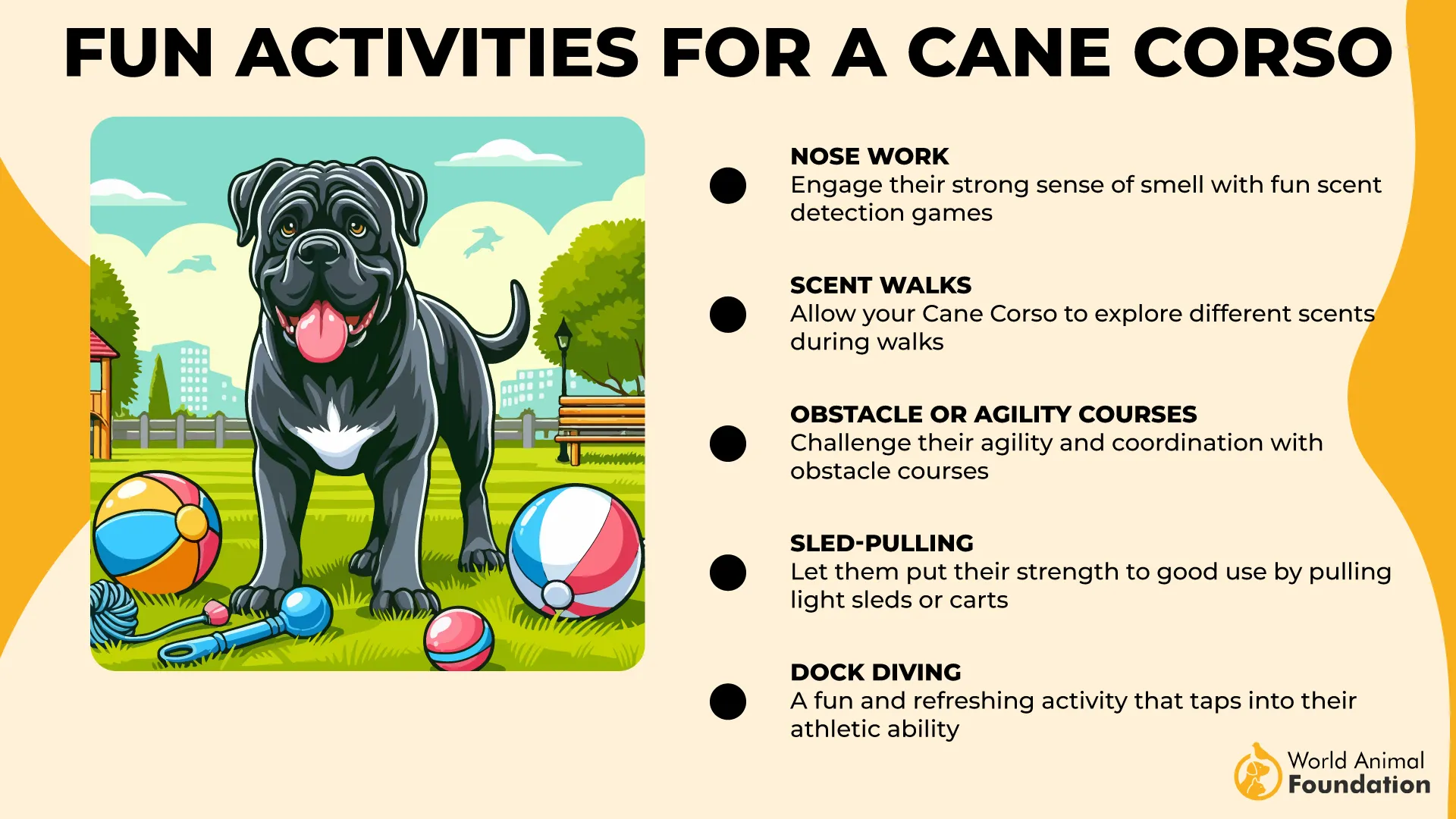
Cane Corsos thrive when given tasks or activities such as agility, obedience, protection sports, or tracking, making them excellent companions for active owners who enjoy long walks, hikes, or bike rides.
The Bullmastiff is also active but tends to have more moderate exercise needs and energy level compared to the Cane Corso. They enjoy daily walks and outdoor play, but should not be overexercised, especially in hot weather or as puppies.
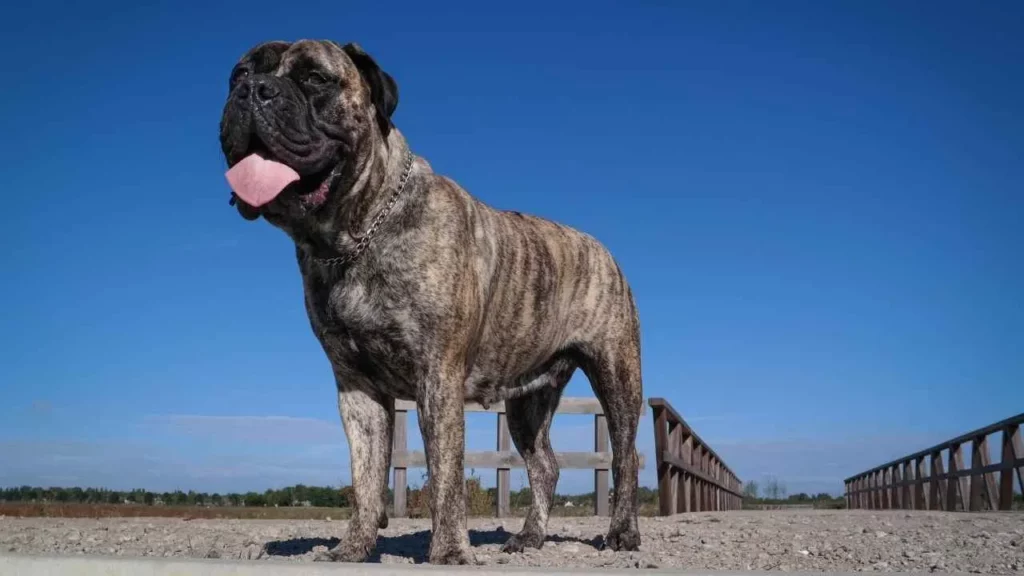
While some Bullmastiffs can be more laid-back, they still need mental engagement and secure fencing at home to keep them safe and prevent wandering. They make great walking partners but may not suit owners seeking a fast-paced, high-intensity canine companion.
Health Considerations and Lifespan
The Cane Corso typically lives between 9 and 12 years, which is slightly longer than average for giant breeds. Generally healthy, Cane Corsos can still face issues like obesity, hip and elbow dysplasia, idiopathic epilepsy, demodectic mange, and various eyelid abnormalities such as entropion and ectropion.

They are also prone to bloat and gastric dilatation-volvulus (GDV), a potentially fatal stomach condition, making careful feeding and monitoring essential. Preventive surgeries like gastropexy during spaying or neutering can help avoid GDV. Regular vet care and screening by reputable breeders reduce health issues for this breed, states WebMD.
Bullmastiffs have a shorter average lifespan of 7 to 9 years and are susceptible to certain health issues, including dilated cardiomyopathy (DCM), subaortic valvular stenosis (SAS), progressive retinal atrophy (PRA), hip and elbow dysplasia, lymphoma, and eyelid entropion.
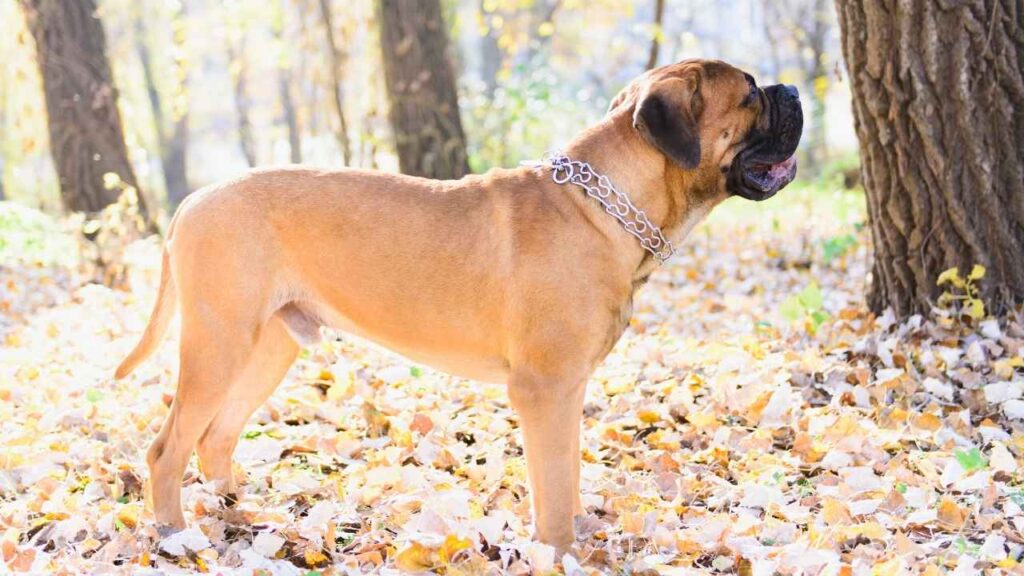
While generally healthy, these issues highlight the importance of choosing a responsible breeder and regular checkups. Like Cane Corsos, Bullmastiffs may also suffer from bloat and GDV. Proper monitoring, diet, and exercise, along with preventive care, can help manage these risks and support a healthier, longer life.
Grooming Requirements and Allergy Sensitivities
The Cane Corso has a short, double-layered coat with an undercoat that varies in thickness depending on the climate. This breed sheds year-round, with heavier shedding in the spring. Regular grooming is essential to manage loose hair and maintain coat health—weekly brushing is recommended, increasing to daily during shedding season, states AKC.
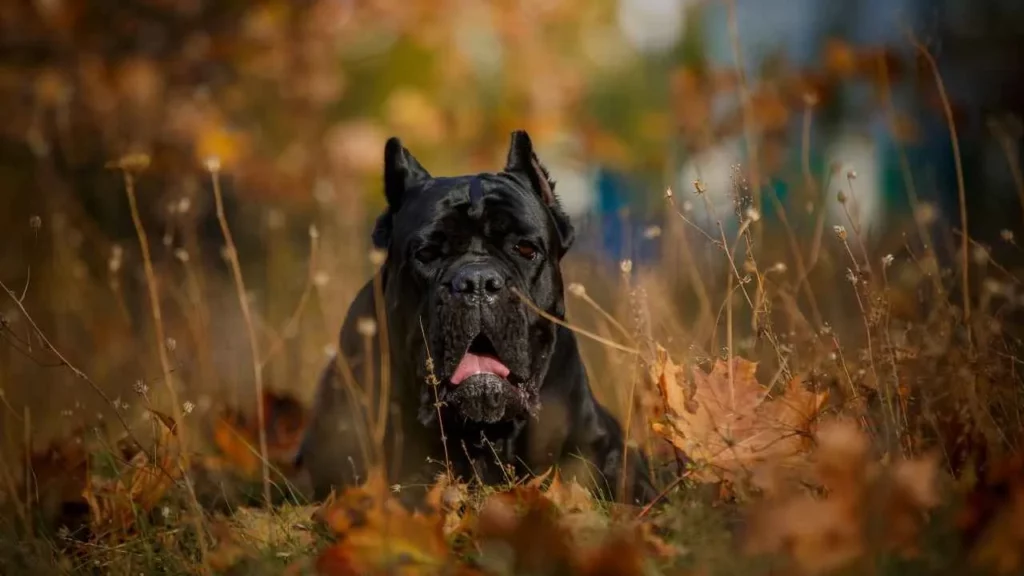
Using tools like a medium-bristle brush, rubber grooming mitt, or hound glove helps remove dead hair, dirt, and encourages healthy new growth. Nail trimming should be done regularly to prevent discomfort and mobility issues.
Bullmastiffs also have short coats that shed seasonally but require less intensive grooming. Weekly brushing is sufficient to keep shedding under control, and bathing is only needed occasionally due to their size. Maintaining a balanced diet is important for their coat and skin health, as oiliness or dryness can signal allergies or other issues, states PDSA.
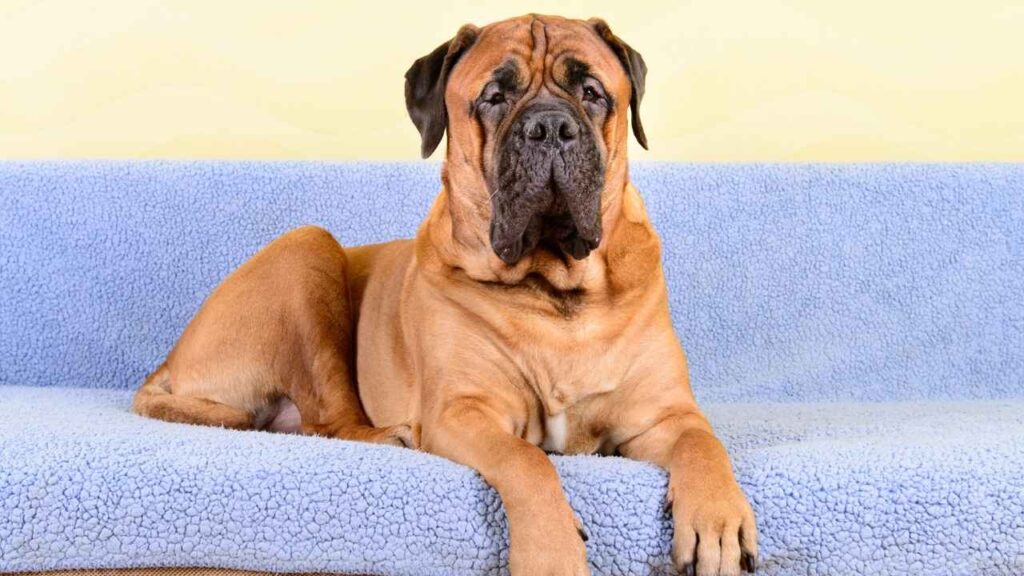
Bullmastiff owners should pay special attention to cleaning and drying the face daily to prevent infections, especially since these dogs are known for heavy drooling. Overall, both breeds have relatively low grooming demands but need consistent care to avoid skin problems and discomfort.
Conclusion
Both the Cane Corso and Bullmastiff are powerful, large dogs that, when properly trained, make excellent guard dogs. They offer strong protection for your property and loved ones, often outperform, and can make better guard dogs than the German Shepherd or American Bulldog.
However, these dogs are not ideal for inexperienced or first-time owners, as they require knowledge, consistent training, and early socialization, especially around cats and young children.
While the Cane Corso is more intense and wary, the Bullmastiff is calmer but equally protective when danger arises. Both breeds bark to alert but are not overly noisy.
Choosing between them depends on your lifestyle and commitment, but either can be the best choice for those seeking a loyal, fearless protector who watches over home and family with courage and care.


